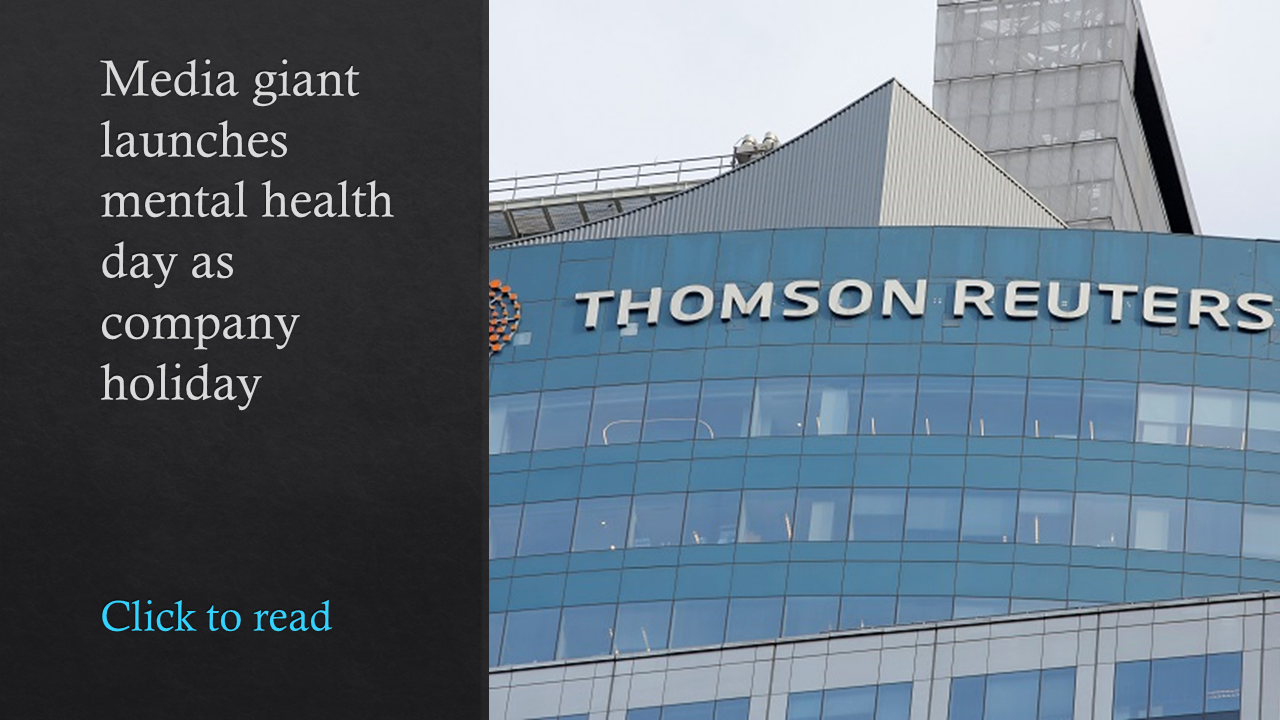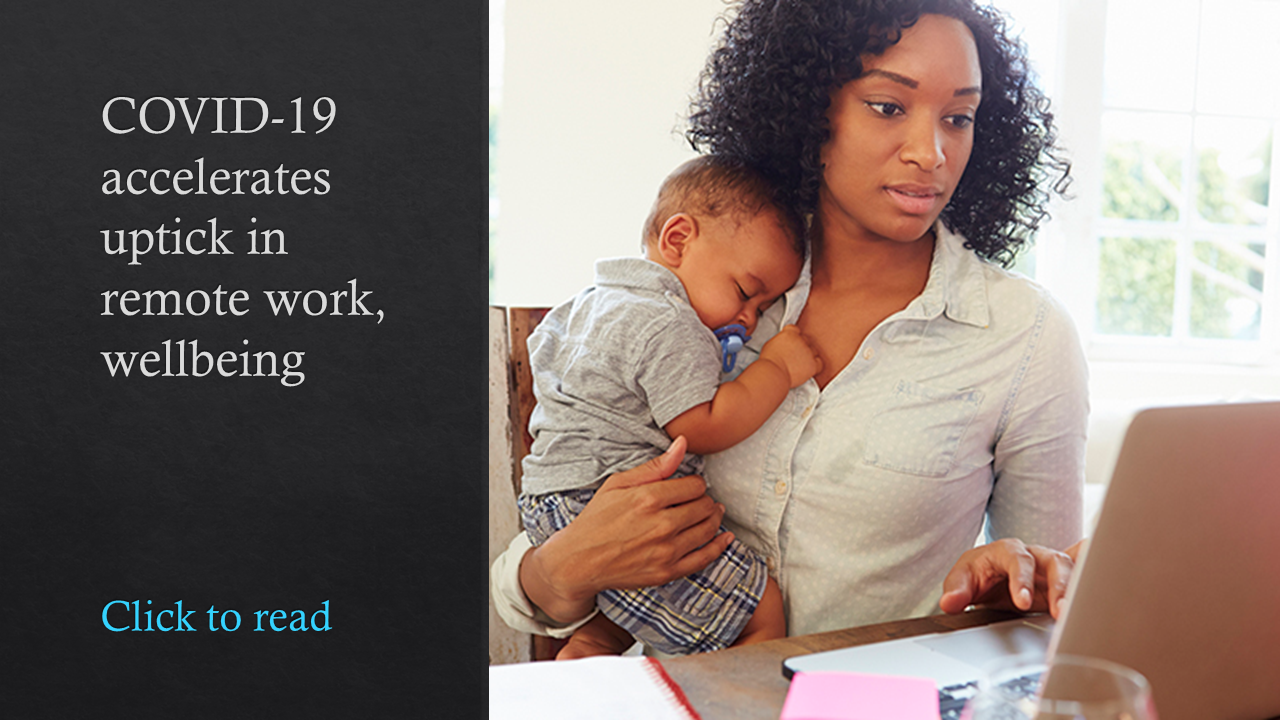Like most companies, Mailchimp was aware of the many struggles its employees had experienced over the past year due to the pandemic: work/life balance concerns, a shift to remote working, caregiving issues, COVID-19 diagnoses, medical problems, isolation and more.
In recognition of those employee challenges, last year, Mailchimp decided to do something it never had before: close the company for a full week between Christmas and New Year’s to give its 1,200 employees a collective break.
“This notion of getting everybody away at the same time was something we wanted to pilot,” says Robin White, Mailchimp’s chief people and culture officer. “Getting everybody away at the same time removes a lot of that burden that sometimes people still feel when they’re taking vacation, but they are still checking in, they’re concerned about how that project is or if their boss is sending general communications and they feel they should respond.”

Although the tech company already had a generous PTO policy, reaction to the collective week off was overwhelmingly positive. “People were giving us feedback like, ‘This was the most refreshing break I’ve ever had,’ so it really hit home for us getting everybody away at the same time,” White says.
It was such a success that Mailchimp is closing down its office for the second time in seven months–it’s giving employees the week of July 5-9 off as a summer break. The company will keep operations flowing with a minimal support staff to address customer issues; those employees will get a different week off.
The company also implemented Summer Fridays, where the business day concludes at 1 p.m. to help minimize fatigue and give employees a break. (It began after Memorial Day and concludes the week of Labor Day.) No meetings will be held during that time, and employees are free to leave their work behind and start the weekend, catch up on personal projects or complete learning and development work–whatever they want.
Mailchimp’s moves come as other companies pilot their own collective weeks off, turn to mental health days or generally try to mitigate employee burnout. LinkedIn and Bumble also shut down operations for a week recently to give employees a collective break.
 Those moves come in the midst of research that shows burnout and other mental health ailments are soaring as a result of 16 months of the pandemic and its associated challenges. More than four in 10 employees (44%) say they are more burned out on the job today compared to a year ago, according to a recent survey of 2,800 workers from global staffing firm Robert Half. Nearly half of employees experiencing increased fatigue (49%) blame it on a heavier workload.
Those moves come in the midst of research that shows burnout and other mental health ailments are soaring as a result of 16 months of the pandemic and its associated challenges. More than four in 10 employees (44%) say they are more burned out on the job today compared to a year ago, according to a recent survey of 2,800 workers from global staffing firm Robert Half. Nearly half of employees experiencing increased fatigue (49%) blame it on a heavier workload.
Related: Burnout is continuing to rise; is HR doing enough?
While many companies have focused on updating benefits to help workers due to COVID–like adding emergency COVID leave or extending caregiving benefits, for instance–focusing on mental health benefits and other perks to combat burnout has been a focus especially of late.
“After enduring more than a year of long hours and little time off, many workers are feeling burned out and need a break to relax and refresh,” says Paul McDonald, senior executive director at Robert Half. “Running on empty can have a negative effect on employees’ mental health and wellbeing, and managers should make it a priority to encourage their teams to enjoy a well-deserved vacation.”
The focus on burnout also is important as most employees have worked remotely for the past year-and-a-half, which can present its own challenges. “It’s a different kind of energy,” White says. “It can be draining in some ways. People spend a lot of time on Zoom calls–that’s a different type of focus and energy than if you’re in the office, so we recognize that.”
Mailchimp also has updated other benefits in wake of COVID-19–updating paid time off policies, adding emergency COVID-19 time and time off for parents as well as extending mental health benefits and encouraging workers to use them.
It’s all a way to help its employees during what is likely the most tumultuous time of their lives.
“I think it’s fair to say it became a year that brought to light how diverse people’s experiences are,” White says. “Some people moved to home working and felt they could be way more productive, but there are some people with maybe young or school-aged kids who had to do home schooling, and that could be additional stress for them. They were managing that alongside work, and some people were directly impacted by the pandemic itself with death or illness, which is incredibly challenging. And then there’s people in between. Collectively, we became aware this was an issue of diversity; everybody’s experience was unique.”
*
Register here for the HR Tech Conference to learn how leading employers are using technology to address worker burnout.



